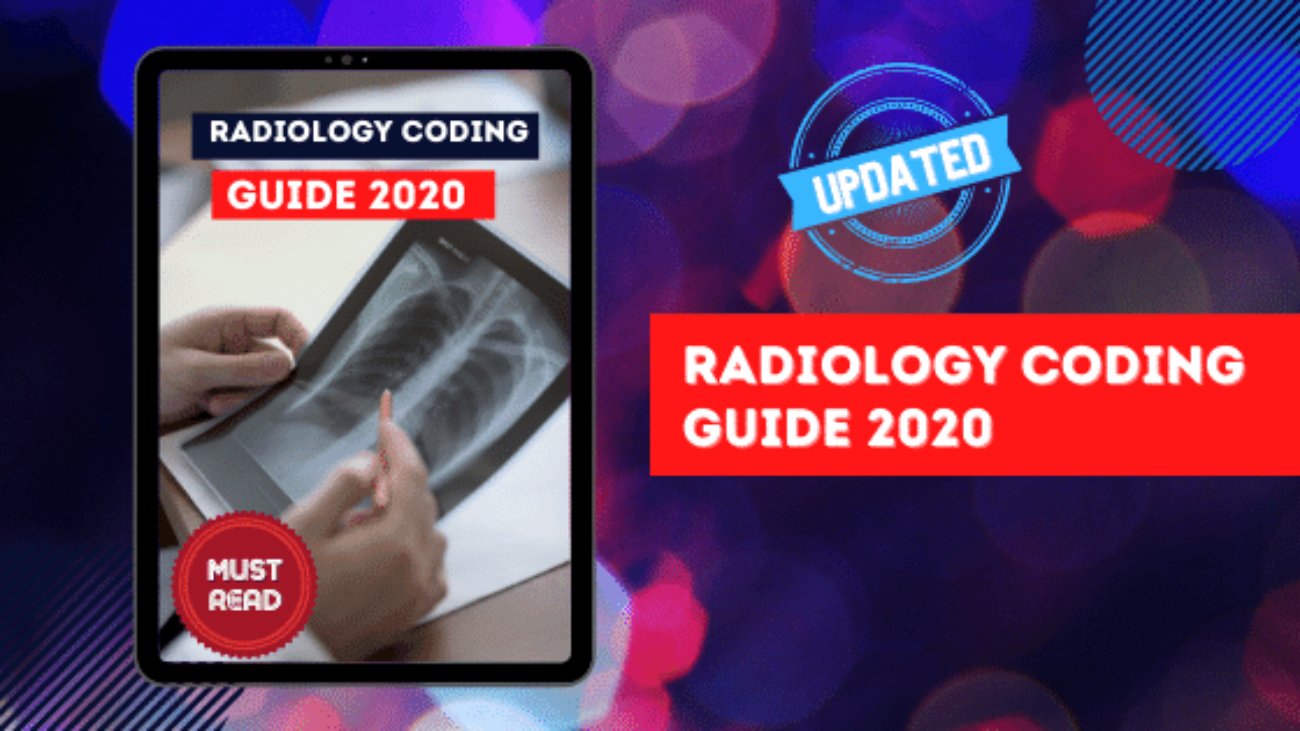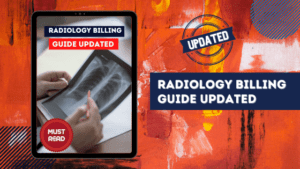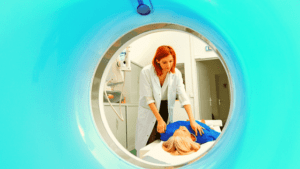Radiology coding has various services to seek reimbursement and is complicated with both Public and private insurance companies. As known, it critically scrutinized diagnostic as well as interventional imaging services. Individual insurance companies will have specific regulations while billing radiology services and makes it more complex for further claim process.
American Medical Association revises CPT codes annually in order to reflect new and updated technologies and services that are related to bundling mandates also guideline revisions. After approving those changes, the Centers for Medicaid and Medicare services usually publish the fee schedule every year by outlining unit values and setting expectations of fee schedule.
What are comprehensive Radiology Coding services?
- Radiology medical specialty uses multiple techniques such as X-rays, computed Tomography (CT), CT Angiography, Magnetic Resonance Imaging and MRA , ultrasound, nuclear medicine and Positron emission Tomography scans for diagnosis and treatment of diseases and health problems.
- Most often insurance companies will have their own set of rules with billing priorities and is complicated along with claim processing issues.
CPT coding changes for Radiology Coding 2020:
- American College of Radiology coding services are revised for 2020. They actually include the changes from upper GI imaging to new codes for nuclear medicine as well as codes those belong to myocardial and vascular imaging.
- Additional changes took place in March 2020 and were the reason for expansion of telemedicine services for E/M codes found below.
1. Gastrointestinal Imaging:
- 74221: Radiologic examination, esophagus, involving scout chest radiographs and delayed images, while performing esophagus double-contrast study.
- 74248: Radiologic small intestine follow-through study, including multiple serial images.
2.Nuclear Medicine:
- 78830: Radiopharmaceutical localization of tumor, inflammatory process or distribution of radiopharmaceutical agents that involves vascular flow and blood pool imaging, when performed, tomographic (SPECT) with acquired computed tomography (CT) transmission scan for anatomical review, localization and determination/ detection of pathology, single area (eg, head, neck, chest, pelvis), single-day imaging.
- 78831: Radiopharmaceutical localization of tumor, inflammatory process or distribution of radiopharmaceutical agents that involves vascular flow and blood pool imaging, when performed, tomographic (SPECT), with minimum 2 areas for example, pelvis and knees, abdomen and pelvis, single-day imaging, or single area imaging over 2 or more days.
- 78832: Radiopharmaceutical localization of tumor, inflammatory process or distribution of radiopharmaceutical agents that involves vascular flow and blood pool imaging, when performed, tomographic (SPECT) with acquired computed tomography (CT) transmission scan for anatomical review, localization and determination/ detection of pathology, minimum 2 areas for example, pelvis and knees, abdomen and pelvis, single-day imaging, or single area imaging over 2 or more days
- 78835: Radiopharmaceutical quantification measurements and single area.
PET Scans for Myocardial Imaging:
- 78429: Myocardial imaging, positron emission tomography (PET), metabolic evaluation study that involves ventricular wall motions and ejection fractions, when performed, single study and acquired computed tomography transmission scans.
- 78430: Myocardial imaging, positron emission tomography (PET), perfusion study that involves ventricular wall motions and ejection fractions , when performed single study, at rest or stress, with acquired computed tomography transmission scan.
- 78431: Myocardial imaging, positron emission tomography (PET), perfusion study that involves ventricular wall motions and ejection fractions, when performed multiple studies at rest and stress (exercise or pharmacologic), with acquired computed tomography transmission scan.
- 78432: Myocardial imaging, positron emission tomography (PET), combined perfusion with metabolic evaluation study that involves ventricular wall motions and ejection fractions, when performed, dual radiotracer for example, myocardial viability.
- 78433: Myocardial imaging, positron emission tomography (PET), combined perfusion with metabolic evaluation study that involves ventricular wall motions and ejection fractions, when performed, dual radiotracer with acquired computed tomography transmission scan.
- 78434: Absolute quantitation of myocardial blood flow (AQMBF), positron emission tomography (PET), rest and pharmacologic stress .
Vascular Imaging in Radiology Coding:
- In HCPCS level 2 , two new codes are being replaced G0365 for duplicate coding and hemodialysis access. Those two codes are:
- 93985: Duplex scans of arterial inflow and venous outflow for preoperative vessel assessment prior to the creation of hemodialysis access and complete bilateral study.
- 93986: Duplex scans of arterial inflow and venous outflow for preoperative vessel assessment prior to the creation of hemodialysis access and complete unilateral study.
CT scanning and Radiology coding:
- Bone strength analysis generally indicates the new category of codes those include:
- 0554T: Bone strength and fracture risk using finite element analysis of functional data, and bone-mineral density, and by utilizing data from a computed tomography scan, retrieval and transmission of scan data, with assessment of bone strength and fracture risk and bone mineral density, interpretation and report.
- 0555T: Bone strength and fracture risk using finite element analysis of functional data, and bone-mineral density, and by utilizing data from a computed tomography scan, retrieval and transmission of the scan data.
- 0556T: Bone strength and fracture risk using finite element analysis of functional data, and bone-mineral density, and by utilizing data from a computed tomography scan, with assessment of bone strength and fracture risk and bone mineral density
- 0557T: Bone strength and fracture risk using finite element analysis of functional data, and bone-mineral density, and by utilizing data from a computed tomography scan, interpretation and report.
- 0581T: Ablation, malignant breast tumors, percutaneous, cryotherapy, that includes imaging guidance when performed unilateral.
Hope you got the information on Radiology coding services. For more suggestions, please comment below, we will definitely consider them if relevant. For more queries and updates on healthcare, please subscribe to our blog.




